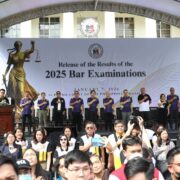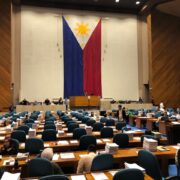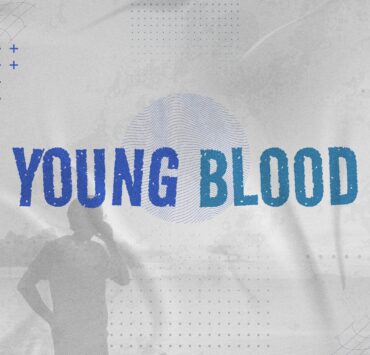The land remembers its first stewards

In our book club, we try to read across borders and time periods. Our recent book assignment, “Killers of the Flower Moon” lingered with me long after the last page. It was not just the writing or the suspense, but the way the law fits into the story’s source of conflict. In this instance, I was an avid reader and a lawyer bystander.
How can something meant to protect a community be twisted into a tool of control?
After centuries of displacement by European settlers, Native American tribes including the Cherokee, Navajo, Sioux, Osage, and others were pushed onto marginal lands.
From Oklahoma, the Osage tribe was eventually relocated to a rocky, hilly terrain considered undesirable at the time—a land that turned out to be sitting atop vast oil reserves. By the 1920s, the Osage were among the richest people in the world because of this, with their wealth protected through headrights and specific legal clauses.
One line stuck with me: a lawyer, part-Osage himself, had the foresight to write a clause reserving oil, gas, and mineral rights exclusively for the tribe. That detail felt like a small legal triumph until the story unraveled. That same clause, which should have secured the Osage’s future, ended up attracting people who married, manipulated, and even murdered their way into inheritance.
It is a powerful story. But it did not feel distant.
In the Philippines, we also have laws designed to protect Indigenous Peoples. The Indigenous Peoples’ Rights Act (IPRA) of 1997 recognizes ancestral domain and requires Free, Prior, and Informed Consent (FPIC) before projects can enter these areas. It is a strong law on paper just like the Osage headrights. But in practice, things can get complicated.
Here, minerals under the ground do not belong to individuals or tribes. Under the Regalian Doctrine, a centuries-old legal principle, all natural resources belong to the State. That means mining companies do not buy mineral rights outright. Instead, they work with government, while Indigenous communities negotiate their place in that structure—not as owners, but as recognized stakeholders who receive royalties.
IPRA gives Indigenous Cultural Communities the right to benefit from extractive projects through royalties and FPIC, with the National Commission on Indigenous Peoples (NCIP) tasked with making sure this process is followed—validating claims, facilitating consultations, and issuing the certification that FPIC was properly obtained.
In theory, it is a fair process. In reality, it can get messy. I have seen extractive projects move forward with full legal documentation, while Indigenous communities are still locked in disagreements over who signed, who got paid, or who was even authorized to give consent in the first place. This happens often, especially in areas where multiple clans or tribes coexist. Disagreements can go beyond the project itself; they can center on leadership, internal politics, and historic tensions that outside entities may not fully understand.
And while royalties do not go through NCIP, its role is still powerful, as its certification signals whether or not a project has the community’s consent. There have been consistent murmurs that this power can sometimes lead to undue influence or pressure. Whether true or not, perception alone is enough to strain trust.
This is not to say the mining or extractive industry is to blame. I have seen companies make genuine efforts to consult, to comply, to share benefits. But laws, no matter how carefully drafted—can be bent when systems lack accountability. The pressure points do not always come from bad intentions. Sometimes they come from very human flaws: self-interest, disorganization, distrust. And all the while, Indigenous Peoples, longstanding stewards of their territories, must navigate systems that recognize their responsibility to the land but rarely give them real power over it.
“Killers of the Flower Moon” showed how the law can offer both protection and permission, but also open the door to exploitation.
Maybe reading stories like this makes us ask better questions—not just about justice, but about systems; not just about what is legal, but what is fair. So the task is to read laws the way we read novels—not only for what they say, but for what they assume. Who is trusted? Who decides? Who quietly profits when protection turns into permission? What happens when a legal safeguard becomes just another step in a much longer, more fraught negotiation?
There are no easy answers. But literature helps surface the hard questions we often keep in the background.
—————-
Eveart Grace Claro has practiced corporate law for more than 13 years, with a focus on securities regulation and advising publicly listed companies through IPOs and ongoing compliance. Recognized as one of Asian Legal Business’ Southeast Asia Top Women Lawyers of 2025, she is also a dedicated hobbyist with a deep interest in history, art, culture and women empowerment.

















